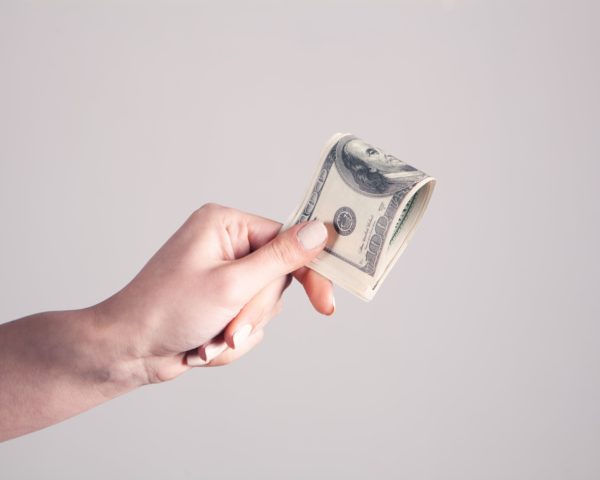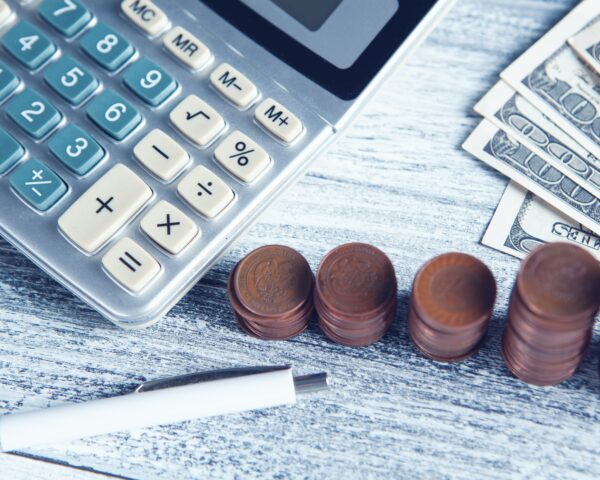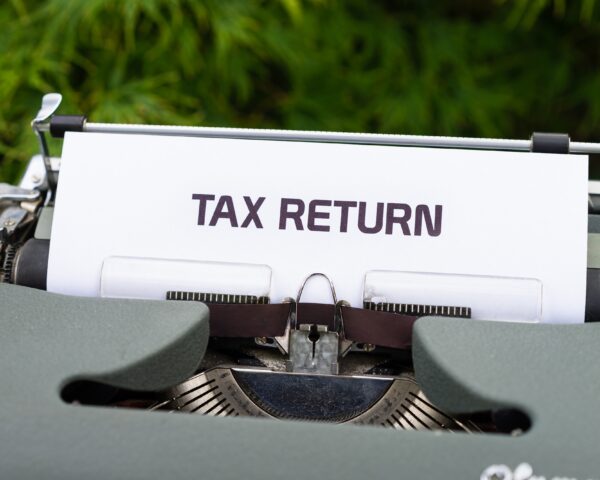This is a quick refresher on dividends…
What is a dividend? A company is allowed to distribute any available profits to it’s shareholders. This is known as declaring a dividend.
To illustrate this, a Company at the end of it’s first year has made a net profit before tax of £40,000. It will then need to pay corporation tax at 19% – so will have a corporation tax bill of £7,600 for that year. After deducting that, profit after tax is £32,400. This is the profit available to distribute, and so the maximum dividend the Company can declare for that year.
What if the Company does not declare a dividend? That profit rolls forward to the next year. Any profit after tax the following year would then be added to this. This ‘cumulative’ profit is known as ‘Retained Earnings’ – you can always find this figure easily in your year-end accounts. It’s the very bottom figure on the balance sheet.
How is a dividend declared? The Company should have a board meeting, review the available profits, and agree to declare a dividend. The Company then creates a dividend voucher to each shareholder, which confirms the dividend they have been declared.
What support does the shareholder need? The dividend voucher signed by a Director, and the board minutes are what’s required. PB will sort this paperwork for you as part of our processes if you are one of our clients.
What if there are multiple shareholders? Dividends have to be declared in line with the shareholdings. So if a Company declares a £30,000 dividend, if John owns 30% of the shares and Jane owns 70%, John will receive a £9,000 dividend and Jane will get £21,000.
Tax on dividends – You need to report any dividends declared to you in your personal self-assessment tax return. The tax rates you pay on dividends are outlined – here
How does this work at PennyBooks? If you own 100% of the shares in your Company things are simpler. We will generally look to finalise your dividend paperwork, and declare your dividends when we do your year end accounts, and your self-assessment return. We will issue you the dividend vouchers that you need for this.
In practical terms you can transfer out cash from the business when you need to. We initially record this as ‘Director’s drawings’ in your Director’s loan account. Once we declare the dividends required, this supersedes the drawings made as the Company profit is distributed.
If you have multiple shareholders? – It’s best to get in touch with us when you want to declare a dividend. We can then draw up the required paperwork.
What to watch out for? The most important thing is to make sure you don’t pay out too much from your Company.
To illustrate this, I’ll take the figures from the example at the top. If your Company has made profit after tax of £32,400 – but you have paid out £40,000 over the year – the difference of £7,600 needs to be recorded as an overdrawn Director’s loan (essentially the Director owes money to the Company). There are tax consequences here, so it’s best to avoid that.
Any questions, please get in touch at support@pennybooks.io








